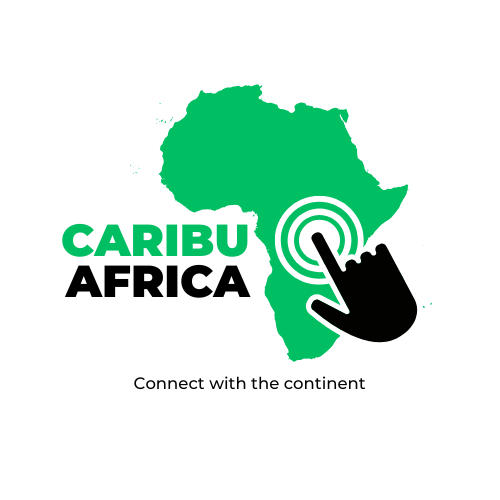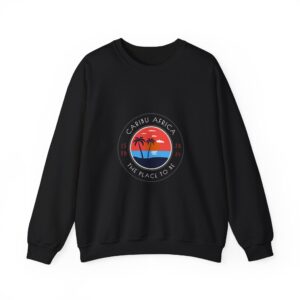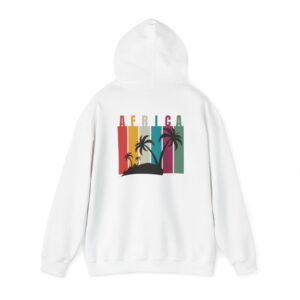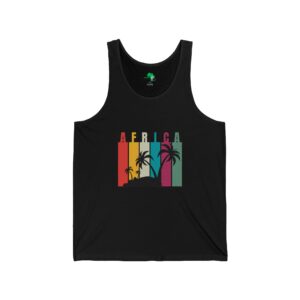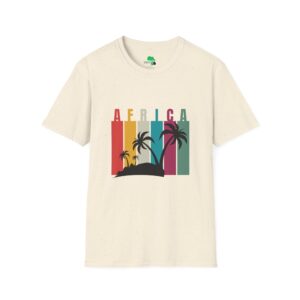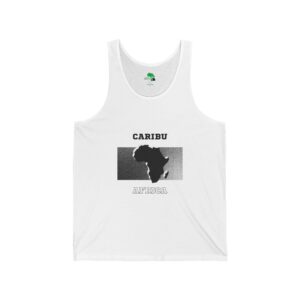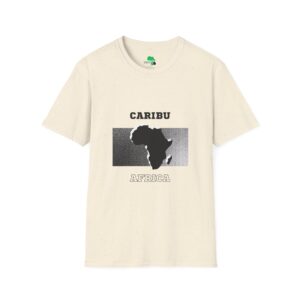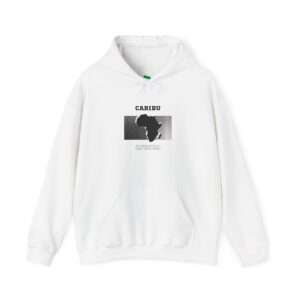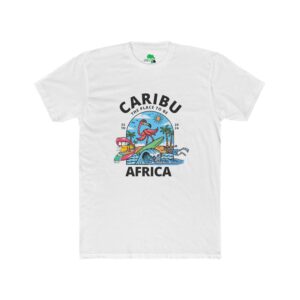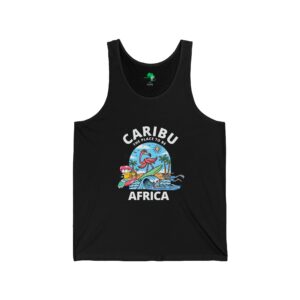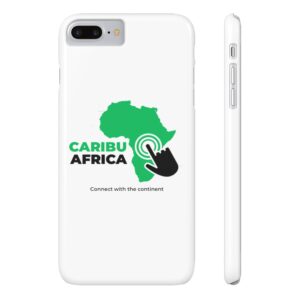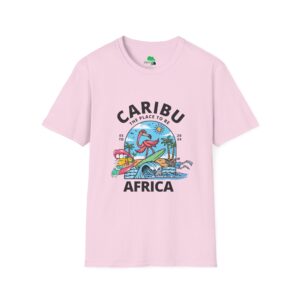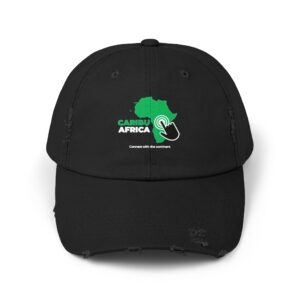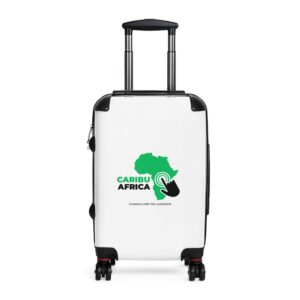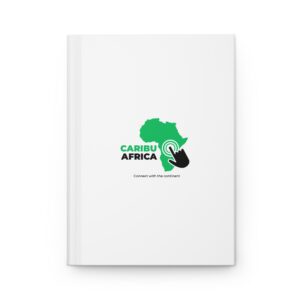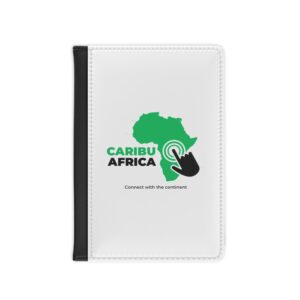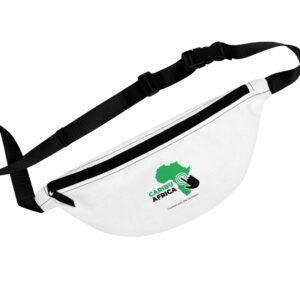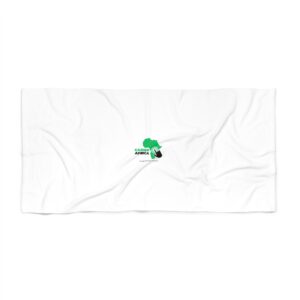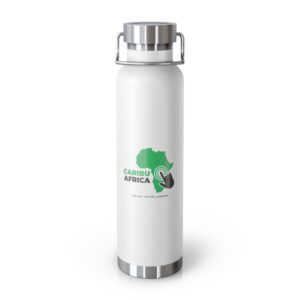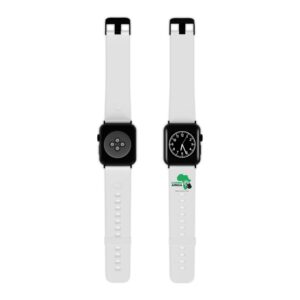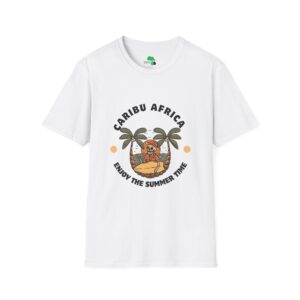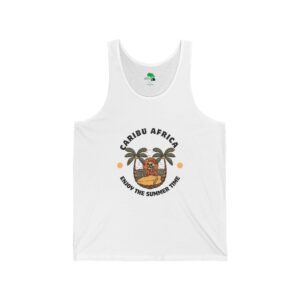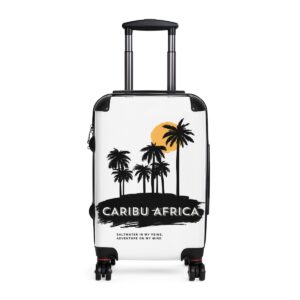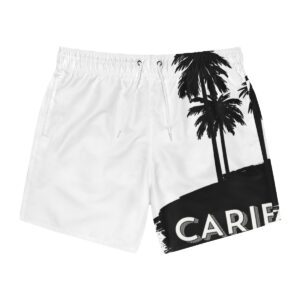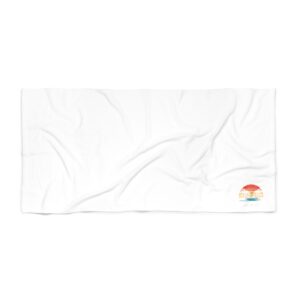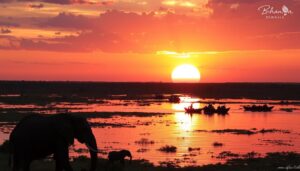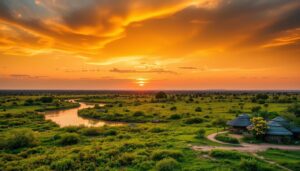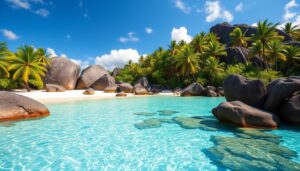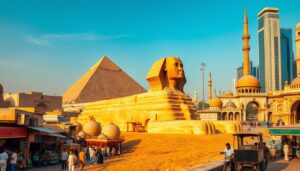Namibia is famous for its stunning landscapes and wide variety of wildlife. It gets over 300 days of sunshine every year, drawing in many travelers. The best time for a safari in Namibia is from June to October, when it’s dry and cool, around 20°C. This makes it perfect for safaris, as animals gather at waterholes.
Key Takeaways
- Namibia has a dry and wet season, with the dry season being the best time for wildlife viewing and one of the best months to visit Namibia.
- The dry season, from June to October, offers mild temperatures and ideal conditions for safaris, making it the ideal time to travel Namibia.
- The country experiences over 300 days of sunshine per year, making it a great destination for outdoor activities and one of the best months to visit Namibia.
- Temperatures can drop to freezing in winter, so it’s essential to pack warmly when visiting during the best months to visit Namibia.
- The best time to visit Namibia for a safari is during the dry winter months, making it the ideal time to travel Namibia and see the amazing wildlife.
- June to October is the best time to see big game in Namibia due to large herbivore concentrations at watering holes, making it one of the best months to visit Namibia.
- Namibia’s unique landscapes and diverse wildlife make it a popular destination for travelers, and visiting during the best months to visit Namibia will make the trip even more enjoyable.
Understanding Namibia's Climate Patterns
Namibia’s climate is dry and pleasant, making it great for visitors during the peak season. The dry season, from June to October, is the best time to explore. It’s mild and dry, perfect for outdoor fun and seeing wildlife.
The Namibia travel season is from June to October, with September and October being the warmest. These months are great for seeing animals. The cooler winter months, from June to August, are perfect for hiking and camping.
Here are some key facts about Namibia’s climate:
- Average temperature: 22°C (72°F)
- Average rainfall: 300 mm (12 in) per year
- Number of sunny days: approximately 300 per year
Knowing Namibia’s climate is key for planning your trip. It affects the best times for wildlife, outdoor fun, and events. Visiting during the peak season lets you enjoy everything Namibia offers.
| Month | Average Temperature (°C) | Average Rainfall (mm) |
|---|---|---|
| June | 18 | 0 |
| July | 17 | 0 |
| August | 19 | 0 |
| September | 22 | 0 |
| October | 24 | 0 |
The Dry Season: Key Months for Travelers
The dry season in Namibia runs from June to October. It’s the best time to visit because the weather is mild and there’s little rain. This makes it perfect for outdoor fun and seeing wildlife.
June to October are the top months to see Namibia’s beauty. You can enjoy great weather and lots of activities.
Etosha National Park, the Skeleton Coast, and the Namib Desert are great for wildlife watching. The dry season is also great for hiking, camping, and scenic drives. Daytime temperatures are between 25°C to 35°C (77°F to 95°F), and nights are cooler, from 10°C to 15°C (50°F to 59°F).
In the dry season, animals gather at waterholes, perfect for safaris. It’s also the best time for photography, with clear skies and mild weather. Whether you love wildlife, landscapes, or outdoor adventures, the dry season is ideal for visiting Namibia.
| Month | Average Daytime Temperature (°C) | Average Nighttime Temperature (°C) |
|---|---|---|
| June | 25 | 8 |
| July | 25 | 7 |
| August | 28 | 9 |
| September | 32 | 14 |
| October | 35 | 17 |
The Wet Season: A Different Perspective
Many travelers choose the dry season to visit Namibia. But the wet season, from November to April, offers a special view. The landscapes and wildlife are lush and colorful.
January to March is the best time to see Namibia in the wet season. The weather is warm, and there’s occasional rain. It’s also cheaper for travelers, with lower prices for places to stay and tours. Fewer people around means a quieter trip, perfect for connecting with nature.
- Lush green landscapes and vibrant colors
- Lower accommodation and tour costs
- Fewer tourists, providing a quieter experience
- Unique photographic opportunities, with the chance to capture the country’s flora in bloom
Seeing Namibia in the wet season is a unique and beautiful experience. It’s a great choice for those looking for a budget-friendly trip or a special adventure. The wet season is definitely worth considering for your Namibia visit.
Specific Destinations and Their Best Times
When planning a trip to Namibia, it’s key to know the best times to visit certain places. The peak season in Namibia is from July to October. During this time, the weather is mild, with temperatures just above 70°F and little chance of rain.
Places like Sossusvlei and the Namib Desert are perfect then. They offer stunning scenery and pleasant weather. Etosha National Park is also a top spot, best seen from June to October. This is when the wildlife gathers at waterholes, making it great for spotting animals.
The Skeleton Coast is another must-see, with its unique wildlife and rugged beauty. It’s best visited during the same dry season, from June to October.
Some key destinations and their best times to visit are:
- Sossusvlei and the Namib Desert: June to October
- Etosha National Park: June to October
- The Skeleton Coast: June to October
Knowing the best times to visit Namibia’s top spots is vital for a memorable trip. By understanding the peak season and travel season, you can enjoy Namibia to the fullest.
| Destination | Best Time to Visit |
|---|---|
| Sossusvlei and the Namib Desert | June to October |
| Etosha National Park | June to October |
| The Skeleton Coast | June to October |
Events and Festivals to Consider
Planning a trip to Namibia? It’s key to know the best months to visit. This way, you can catch the country’s unique events and festivals. From traditional celebrations to wildlife migrations, Namibia has a lot to offer.
Events like the Herero Day and the Windhoek Jazz Festival highlight Namibia’s rich culture. The wildlife migrations, such as the wildebeest and zebras, are a sight to see. They offer a chance to witness the country’s wildlife in action.
Don’t miss the Etosha National Park’s wildlife migration event. The Skeleton Coast’s seal colony and the Namib Desert’s star-gazing are also must-sees. These events make Namibia a top choice from May to October.
Traditional Festivals in Namibia
Namibia’s traditional festivals are a big part of its culture. The Herero Day, for instance, celebrates the Herero people’s history and traditions.
Wildlife Migration and Viewing Events
The wildlife migrations in Namibia are unforgettable. The great migration of wildebeest and zebras is a must-see. It draws visitors from all over the world.
Wildlife and Nature Experiences Throughout the Year
Namibia is a top spot for wildlife and nature lovers. The best months to visit Namibia vary based on what you want to do. For safaris and wildlife watching, June to October is the best time.
There’s a lot to see, like over 600 bird species and the Big 5 on safari. The unique landscapes and climate are perfect for hiking and photography too.
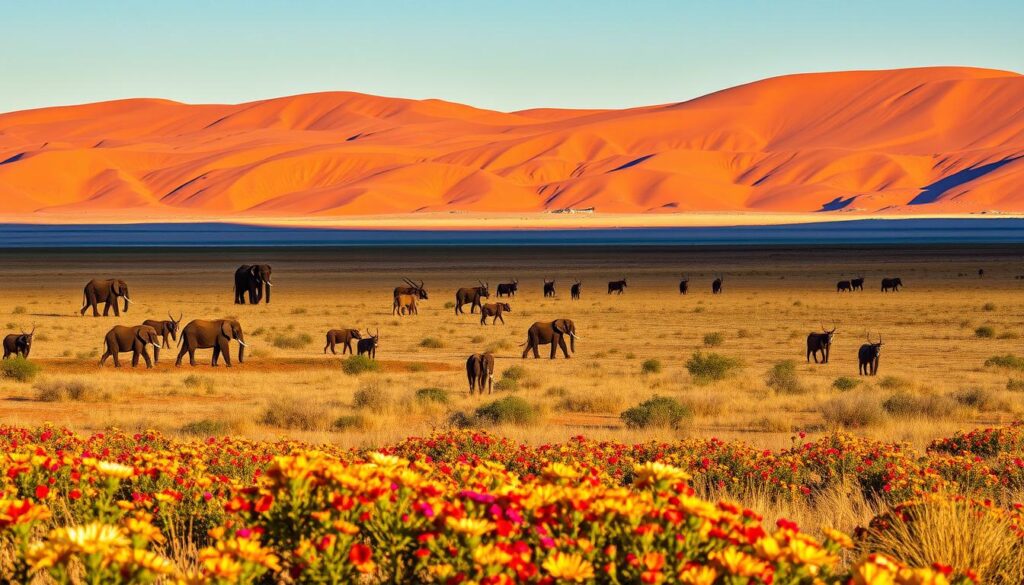
Planning a trip to Namibia? Think about the best months to visit Namibia for your activities. Here’s a quick guide:
| Activity | Best Time |
|---|---|
| Safaris | June to October |
| Birdwatching | November to April |
| Hiking | May to October |
Namibia is great all year round. Each season brings its own special experiences. By choosing the ideal time to travel Namibia, you’ll get the most out of your visit. Enjoy the stunning nature and diverse wildlife.
Tips for Planning Your Visit
When planning a trip to Namibia, it’s key to think about the climate and geography. The dry season, from June to October, is the peak time to visit. It gets cold, so pack warm clothes.
The warm season, from November to April, is great for birdwatching. It’s hot to very hot during this time.
Packing the right gear is crucial. Bring good sunglasses, a flashlight, and binoculars for wildlife watching. Don’t forget personal toiletries, malaria tablets if necessary, and basic medical supplies. Also, check your flight’s luggage limits, as they usually are 20 kg per person.
Packing Essentials for Different Seasons
- Warm clothing for cooler mornings and evenings during the dry season
- Waterproof gear and insect repellent for the wet season
- Good quality sunglasses and a flashlight for outdoor activities
- Wildlife viewing equipment like binoculars and cameras
Booking Accommodations and Tours
Bookings for accommodations and tours can be tricky during peak season. Prices are higher, and it’s busier. But, with some planning, you can find deals.
Lodges in Namibia cost over $100 a night, even in the low season. Camping is cheaper, around $30 a night. Rental cars average $30 a day, with a Toyota Corolla being popular.
Travel Considerations for Each Season
When planning a trip to Namibia, it’s key to think about the top months to visit Namibia and the perfect time to visit Namibia. This ensures a safe and fun trip. The country’s climate and geography need careful planning, mainly for travel and health.
The dry season, from May to October, is best for driving around. The roads are good, making it perfect for self-driving tours. But, the wet season, from November to April, makes roads slippery and dangerous. It’s wise to rent a 4×4 or take a guided tour then.
Health precautions are crucial, too. The wet season brings a higher risk of malaria and other diseases. So, wear insect repellent and stay in air-conditioned places.
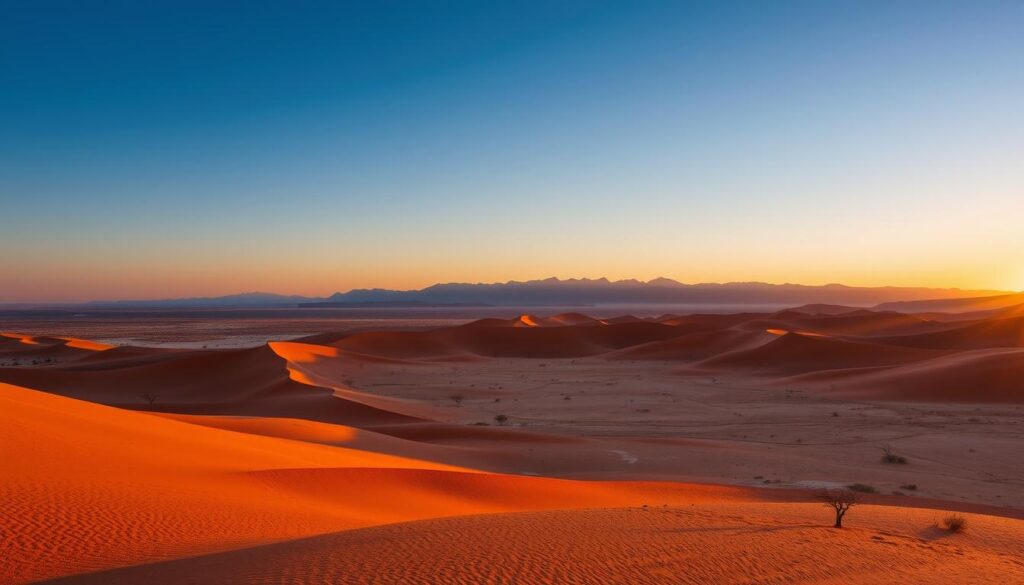
- Dry season (May to October): ideal for game viewing and outdoor activities, with warm and sunny weather.
- Wet season (November to April): prime time for birdwatching, with abundant water and greenery, but also higher risk of malaria and other diseases.
| Season | Months | Weather | Activities |
|---|---|---|---|
| Dry season | May to October | Warm and sunny | Game viewing, outdoor activities |
| Wet season | November to April | Hot and rainy | Birdwatching, game viewing |
Summary: Finding the Right Time for You
Visiting Namibia is a unique adventure. It offers a wide range of landscapes, wildlife, and culture. The best time to go depends on what you like to do and see.
The dry season, from June to October, is the peak time. It’s great for seeing animals and outdoor fun. But, the wet season, from November to April, is special too. It shows off the country’s greenery and offers amazing photographic chances.
Namibia’s top spots, like Sossusvlei, Etosha National Park, and the Skeleton Coast, are unforgettable all year. Planning your trip with the weather and highlights in mind makes it perfect for you. Namibia’s beauty, activities, and culture will surely impress you.
FAQ
What is the best time of year to visit Namibia?
The best time to visit Namibia is from June to October. The weather is mild, and wildlife gathers at waterholes. This makes it perfect for safaris and outdoor fun.
What is the difference between Namibia’s dry and wet seasons?
Namibia has a dry season from June to October and a wet season from November to April. The dry season is cooler and drier, attracting more tourists. The wet season is hot and humid, with most rain falling during this time.
What are some of the best destinations in Namibia to visit during the dry season?
Top spots in the dry season include Sossusvlei and the Namib Desert, Etosha National Park, and the Skeleton Coast. These places offer great wildlife viewing and stunning views.
What are some unique events and festivals to consider when visiting Namibia?
Namibia hosts unique events like the Herero Day and the Windhoek Jazz Festival. You can also see the great migration of wildebeest and zebras.
What should I consider when packing for a trip to Namibia?
Packing for Namibia depends on the season and activities. In the dry season, bring warm clothes for cool mornings and evenings. In the wet season, pack waterproof gear and insect repellent.
What are some important transportation and health considerations for visiting Namibia?
Traveling to Namibia requires careful planning. Rent a 4×4 or book a guided tour due to challenging roads, more so in the wet season. Also, be aware of malaria and other diseases. Wear insect repellent and stay in air-conditioned places.
